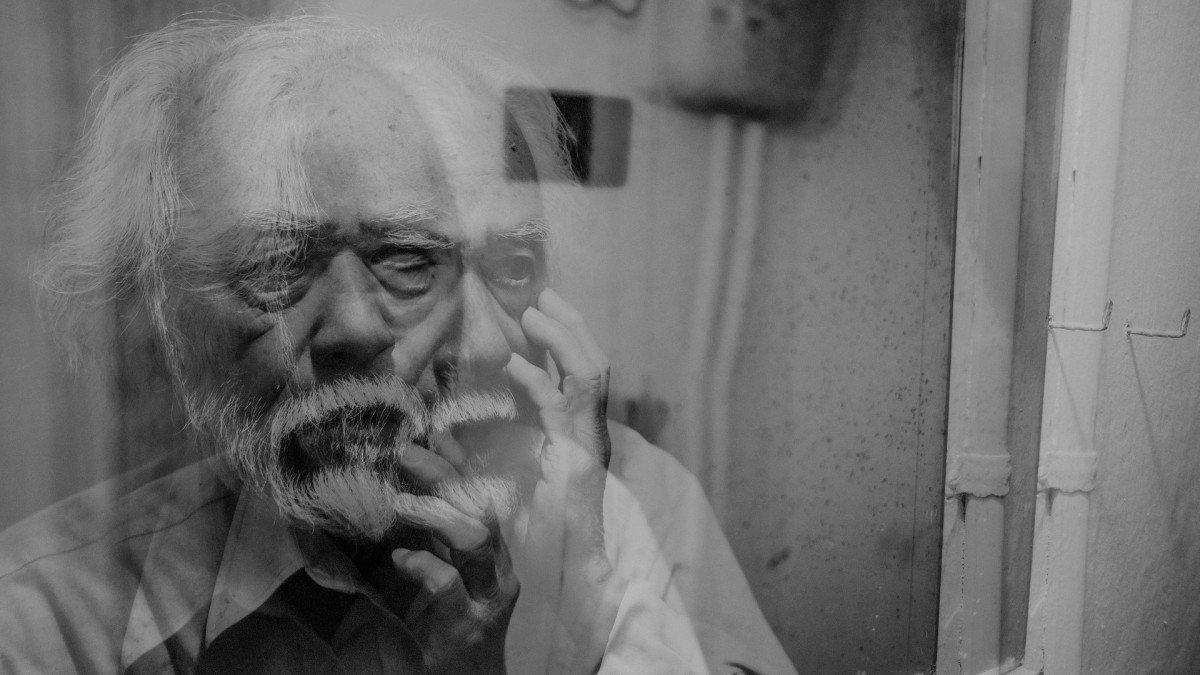
Life is the best paradox, to the point that drinking a lot of water is harmful and every solution precedes a problem. I come in with this humorous philosophical thinking to try to explain the complexity of existence. The human species feels security in linearities, such as life and death. Among these is the correlation that boxing can cause Parkinson’s disease.
This writing is not a parallel world, it is only a brief exposure to a new perspective within this spectrum called boxing and its different multidimensional benefits. As mentioned before, There is a certain correlation between boxing and various adverse conditions, including Parkinson’s disease According to the Mayo Clinic in the United States, Parkinson’s disease is a progressive disorder of the nervous system that affects movement where symptoms develop gradually, sometimes with a barely noticeable tremor in a single hand.
Tremors are common, but the disorder also often causes stiffness or slowness of movement. The best-known Parkinson’s case in boxing is that of the most acclaimed boxer in modern times, Muhammad Ali. According to King and Horak (2009) studies on boxing exercise that included a combined training program of jab, cross and hooks in patients with Parkinson’s disease indicated that agility, speed and backward walking improved. .
What benefits can boxing have?
In 2020, Urrutia and collaborators conducted a pilot study to determine whether high-intensity boxing exercise has an effect on sleep quality and daytime sleepiness in people with Parkinson’s disease. In a participation sample of 15 participants in a 6-week high-intensity non-contact boxing program significantly decreased depression and showed trends of improved sleep quality and decreased daytime sleepiness
In the same year Dawson et al conducted a retrospective observational study looking at the impact of the non-contact boxing program “Rock Steady Boxing” (RSB) on clinically relevant outcome measures in 62 patients with Parkinson’s disease. To assess change from the start of the program to its completion, researchers administered participants the 30-second STS (sit-to-stand) test, the Timed Up and Go (TUG) test, a quality of life survey (EQ- 5D) and a satisfaction survey were analyzed. Results reflected significant improvement on the STS and TUG tests for participants who completed their first or second RSB sessions. These results indicate the benefits of RSB for people with Parkinson’s disease.

The science of boxing therapy
In 2021, Horbinski and colleagues evaluated the effects of a boxing therapy treatment in a cohort of 98 participants with Parkinson’s disease and included the risk of falls as a primary endpoint and other performance metrics such as the number of times they participants were able to stand up from a chair within 15 seconds, stand on each leg for 30 seconds, stand up from the floor, walk normally, heel-to-toe, cross over, and walk backwards, as secondary endpoints.
Because longitudinal follow-up of boxing therapy participants encompassed the COVID-19-associated lockdown, researchers monitored the effect of quarantine and the associated temporary cessation of boxing therapy on outcomes. The results reflected that the average number of self-reported falls per month per participant decreased by 87% during boxing therapy During the lockdown due to COVID-19, participants’ falls increased by month.
Women and those over 65 years of age reported the greatest increase in falls during the lockdown period. Resumption of boxing therapy after lockdown resulted in another decrease in falls. Quantitative performance metrics, including standing from a sitting position and standing on one leg, were largely reflected in the decrease in the pattern of falls before and after blocking.
It should be noted that although scientific evidence on boxing-based treatments has increased, it must be taken into account that they are certain boxing exercises and each case varies That said, as Horbinski and his colleagues point out, given the aging population of the developed world, neurodegenerative conditions like Parkinson’s disease are becoming increasingly common. Parkison’s, in particular, is a chronic risk management problem where emphasis is placed on reducing the risk of falls, as these falls often result in secondary trauma that is costly to manage, reduces quality of life and mortality increases.
Multiple studies have suggested that a variety of physical therapies and exercises can not only slow the rate at which patients’ fall risk increases over time, but may also allow patients to regain some of what they had lost before the fall. initiation of therapy. Taking into account the information presented, it can be concluded that this writing fulfilled the objective of exposing the different dimensions and ways in which boxing can change lives and it is for this reason that a call is made to carry out more multidisciplinary research based on boxing to increase people’s well-being.









